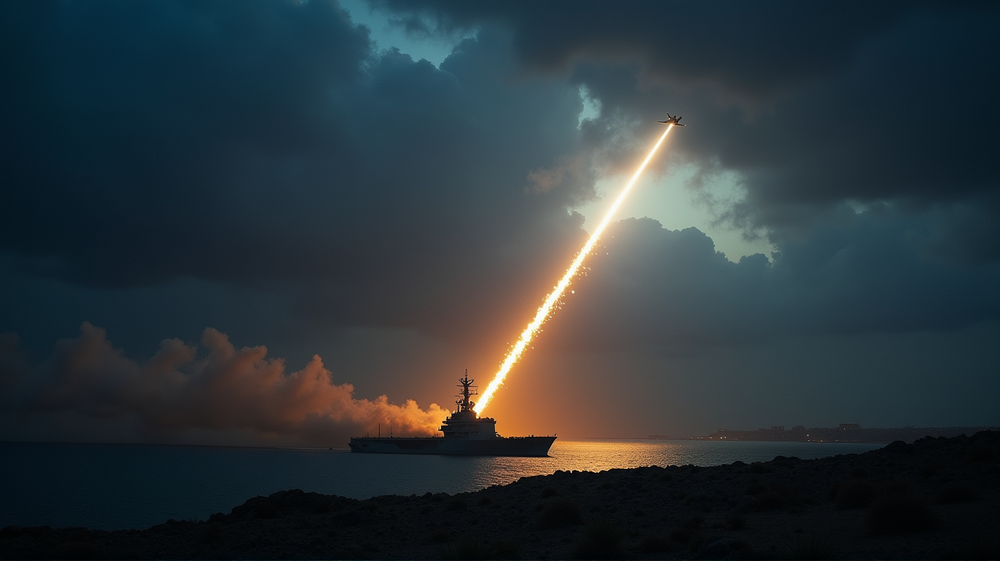Introduction: The Undeclared Battlefield
In a stunning revelation, the intensifying conflict between the US and Yemen’s Houthis has been cast into the spotlight. With claims of 1,712 US-led attacks by both sea and air since March 15, the situation in the Yemeni skies has escalated dramatically, according to a report aired on Houthi-affiliated Al-Masirah TV.
The Numbers Speak: A Torrential Attack
The statistics of this conflict paint a dire picture. According to Houthi reports, a staggering series of 1,712 US assaults were launched, which were answered by over 131 retaliatory strikes from Yemen. These counterattacks employed a formidable arsenal of 253 ballistic, cruise, and hypersonic missiles, alongside unmanned drones.
New Entrants: Aircraft Carriers in Play
For the first time, the report highlights the deployment of US carriers ‘Truman’ and ‘Carl Vinson’ in the region’s waters. Caught in this large-scale confrontation, the US military’s technological prowess saw a challenge as the Houthis managed to down eight MQ-9 drones and a single F360 reconnaissance plane, compelling even advanced fighter jets to retreat.
A Turning Tide: US Forced to Reconsider
The conflict has not only proven costly, with current estimates of over $3 billion in damages, but also strategically complex. The US was forced to announce a halt in operations following significant setbacks, including the retreat of major assets like the Truman carrier group. The strategic sting of Yemeni operations even extended beyond its borders, targeting critical locations inside Israel.
Diplomatic Channels: A Ceasefire Ensues
In a bid to stem the violence, Oman’s Foreign Minister, Badr Al-Busaidi, disclosed a ceasefire on May 6. This agreement between the US and Houthis aims to preserve peace in key maritime routes, including the Red Sea and the Bab Al-Mandeb Strait. Yet, the situation remains volatile, with Israel notably exempt from these ceasefire terms, raising concerns of future hostilities.
Conclusion: The Aftermath and Uncharted Paths
As both sides regroup, the region holds its breath, pondering whether this respite marks the end of conflict or merely a pause. The repercussions of this conflict reach far and wide, echoing across geopolitical landscapes. As stated in Middle East Monitor, the developments in Yemen reflect broader tensions that continue to test international relations and military strategies worldwide.












